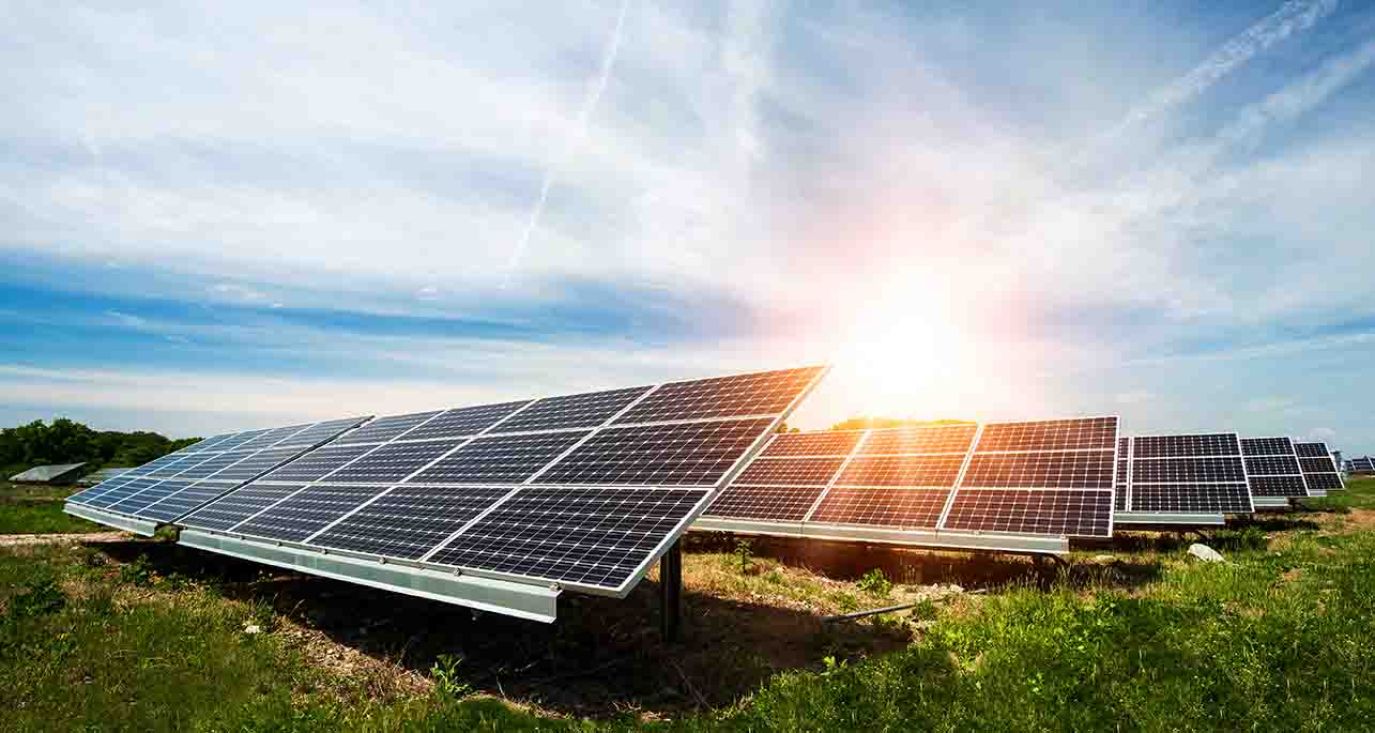-
Blog
China’s renewable energy battery storage sector is enjoying a boom

China is forging ahead with new renewable energy systems – and battery storage technologies that are needed to store intermittent energy sources, such as wind and solar. However, the impact of the US Inflation Reduction Act is ensuring that the US keeps pace.
Following the introduction of the Biden administration’s Inflation Reduction Act (IRA) in 2022 – which is aimed at promoting decarbonization through subsidies and tax credits for clean energy solutions, such as renewable energy sources, batteries for electric vehicles (EVs) potential applications that use hydrogen – China has surged forward with its energy-storage technology.
China’s renewable energy storage capacity nearly quadruples in 2023
According to a report published by China’s National Energy Administration (NEA) on 26 January, China’s energy storage capacity almost quadrupled in 2023 to reach 31.39 gigawatts (GW) – a year-on-year increase of more than 260% and almost 10 times its capacity in 2020. The NEA described the sector as a “new driving force” for economic development in China after attracting more than 100 billion yuan ($13.9 billion) in total investment since 2021.
The ability to store energy from intermittent sources, such as wind and solar, is critical to the development of the renewable energy sector. Other figures released by the NEA in January show that China’s installed renewable energy accounted for half (50%) of the country’s total power generation capacity in 2023 at 1,450 GW – power generated from wind and solar alone accounted for 15%. Lithium-ion battery storage now accounts for 97% of China’s clean energy capacity.
The storage capacity increase reflects China’s burgeoning renewable energy sector. According to the International Energy Agency (IEA), China accounted for almost half of all new renewable power capacity worldwide in 2022, and that figure is expected to reach 55% of global annual renewable capacity deployments by 2024, including nearly 70% of all new offshore wind projects, over 60% of onshore wind, and 50% of new solar photovoltaic (PV) projects.
Impact of IRA set to appear this year
In comparison, the US renewable sector had a challenging year in 2022 due to restrictive trade measures and supply chain constraints. However, the IRA is already boosting the US renewable energy sector, making up 84% of new power capacity (consisting of wind, solar, nuclear, and battery storage) added to the grid in 2023, compared to just 16% of new power capacity growth from fossil fuels. The IEA notes that the full impact of the IRA will become apparent between 2024 and 2032.
The US also is building up battery storage capacity for renewable energy but is slightly behind China. According to the IEA, the US had 16 GW at the end of 2023, with another 15 GW expected in 2024 (which would represent an increase of 94%) and 9 GW in 2025 – an estimated total of 40 GW by the end of 2025. California and Texas currently lead the way, with 7.3 GW and 3.2 GW, respectively, at the end of 2023.
This boost to US renewable energy battery storage capacity has been driven by a change to the IRA in early 2023, which expanded the US federal tax credits available to the deployment of battery storage systems. Prior to that change, battery storage systems only qualified for tax credits if they were part of a solar energy facility that charged the battery and itself qualified for the credit. Now, standalone battery storage systems qualify for tax credit, regardless of the charging technology.
Policy-led boost for renewable energy storage technologies
Similarly, China’s resurgence in battery storage has come about through policy changes. In March 2022 the National Development and Reform Commission (NDRC) and the NEA jointly published the “New Energy Storage Development Implementation Plan (2021-2025),” which aims to reduce the cost of new types of battery storage for renewable energy by 30% by 2025.
That came after the two organizations had published in July 2021 their “Guidance on Accelerating the Development of New-Type Energy Storage” that aimed for the installation of 30 GW of new-type energy storage capacity by 2025; however, plans submitted by provinces and administrative regions show that nearly double that – 60 GW – is expected to come online by 2025.
China’s renewable energy sector, specifically its new-type battery storage sector, undoubtedly is enjoying a boom and is off-setting some of its macroeconomic challenges in other sectors. The latest figures from Beijing will not have gone unnoticed in Washington, as the EU scrambles to replace its reliance on Russian fossil fuels, and ongoing geopolitical tensions impact the fossil fuel supply chain.
China’s 5G influence in developing economies
China’s Belt and Road Initiative and its digital counterpart, the Digital Silk Road, threaten to displace US telecom and tech companies in developing economies in Africa, Latin America and the Middle East. How can US operators and network providers stand up to the challenge?